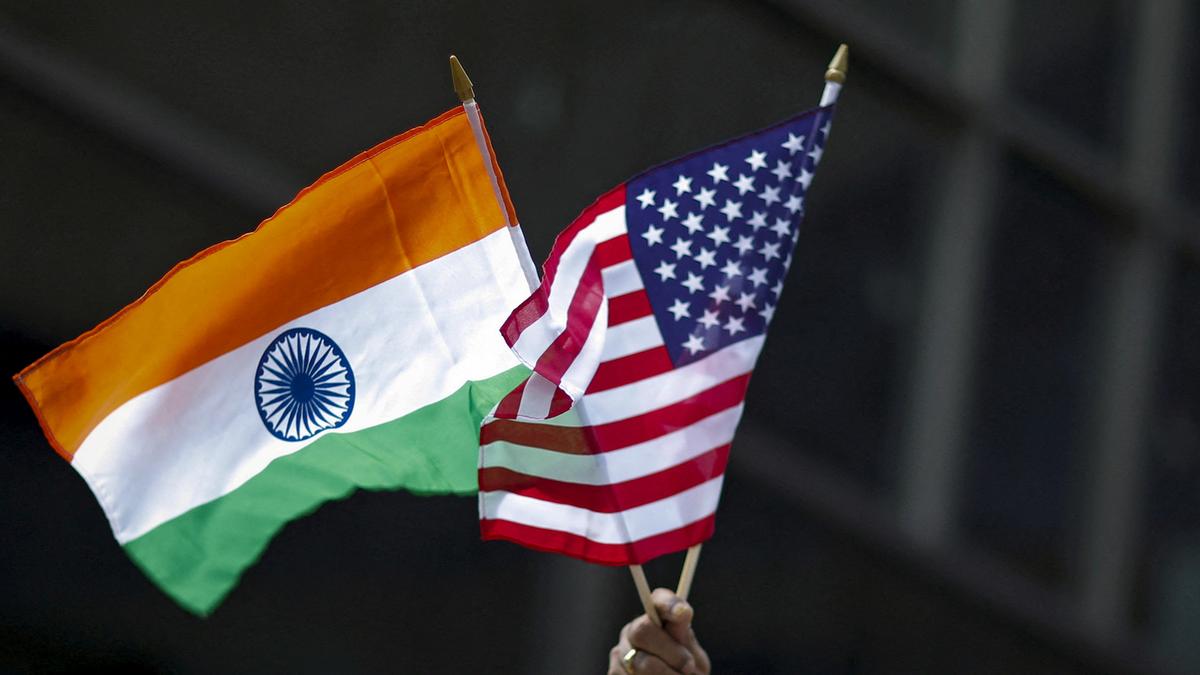With US President Donald Trump temporarily halting the full implementation of his “reciprocal tariff” — reducing the duty on Indian exports from the previously announced 26 per cent to 10 per cent — the Narendra Modi government has gained a crucial window of opportunity to advance bilateral trade agreements (BTAs). This includes not only a potential deal with the US, but also with the European Union and the United Kingdom.
Also Read: Esports World Cup Unveils Historic $70 Million Prize Pool
Leveraging Trade Surpluses: India Urged to Fast-Track Comprehensive Deals with US, EU, and UK to Boost Global Trade Presence
In 2023-24, the US, EU, and UK collectively accounted for 38.1% of India’s merchandise exports and 16.5% of its imports. Importantly, India maintains trade surpluses with all three — unlike with countries such as China, members of ASEAN, or others like South Korea, Japan, Hong Kong, Taiwan, and Australia. This favorable trade balance gives India a stronger position to negotiate bilateral trade agreements with the US, EU, and UK. Achieving this would clearly signal that India is serious about expanding its role in global trade.
Also Read: Ruturaj Reacts as Dhoni Returns as CSK Captain in IPL 2025
Non-Tariff Barriers Undermine Fair Trade: Calls Grow to Address Opaque and Unscientific Regulations in Global Commerce
Current trade discussions should go beyond just reducing tariffs and also focus on addressing non-tariff barriers (NTBs). For instance, the EU’s proposed carbon border tax on imports — aimed at penalizing emissions generated during production — and its inclusion of environmental, labor, and human rights issues in trade negotiations are examples of such NTBs.
Also Read : MP hospital lab sealed over ‘fake’ doctor treating patients

